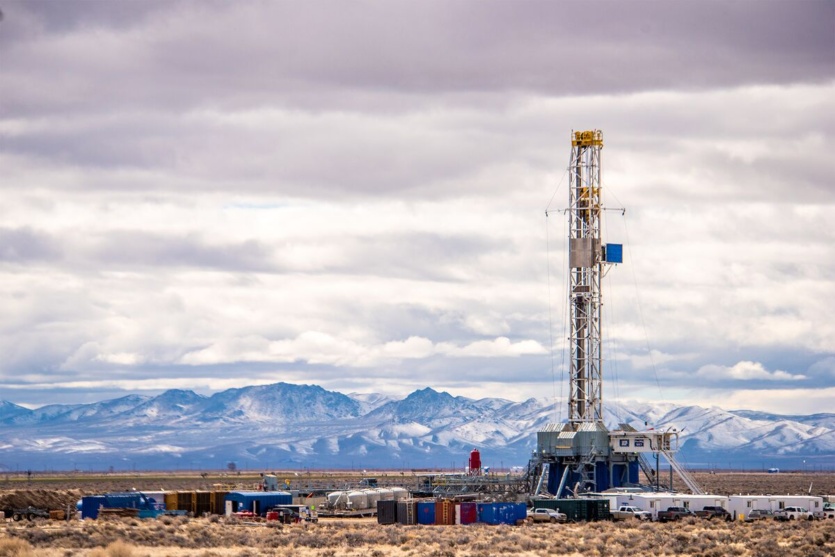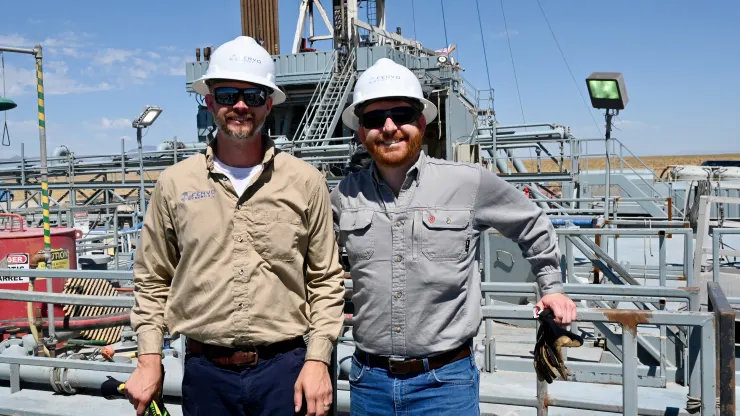
“Fervo Energy’s “breakthrough” geothermal technology has produced 3.5 MW of clean energy
Geothermal company Fervo Energy has just completed a 30-day test of its well in Nevada and reported successful production of 3.5 MW of electricity.
Geothermal energy is the extraction of electricity from hot springs, including thermal groundwater. However, for natural geothermal technology to work, a combination of heat, fluid, and rock permeability is needed, and the latter component can sometimes be a problem.
Fervo Energy has taken a slightly different approach, achieving permeability by drilling artificial wells in the ground. Next, water is pumped in, which is heated from the ground, and then a special turbine converts the heat into electricity.
During the last test, the company’s technology achieved a water flow rate of 62 liters per second, which ensures the production of 3.5 MW of electricity (1 MW can simultaneously provide electricity to about 750 homes). The flow and power output data will be used for an improved geothermal system.
Fervo is expected to connect the Project Red well to the grid this year, and it will be used to power Google’s data centers and some other infrastructure components under an agreement signed by the companies in 2021.
According to Bloomberg, this is the first time an energy company has shown that geothermal technology can work on a commercial scale, a goal that scientists have been trying to achieve since the 1970s.
Fervo claims to have successfully drilled a pair of horizontal wells for commercial geothermal production, reaching nearly a kilometer in cross-sectional length and a temperature of 191°C. Thorough tests and indicators confirmed the controlled flow.
One of the advantages of geothermal power plants is that they do not produce carbon emissions (Google aims to run all its offices and data centers on carbon-free energy by 2030), and can also operate at any time of the day (unlike solar and wind power). However, according to Fervo CEO Tim Latimer, cost-cutting and regulatory complications are preventing the technology from becoming more accessible.

The company hopes to repeat its success at the Utah plant. If Fervo obtains similar results and successfully updates the design to maximize performance, the well is expected to produce enough electricity to power 300,000 homes at a time (about a quarter of all homes in Utah).
Currently, geothermal energy accounts for 0.4% of electricity generation in the states. The U.S. Department of Energy is also aiming to reduce the cost of geothermal energy by 90% to $45 per megawatt-hour by 2035, and has announced plans to provide clean energy to 65 million American homes.

